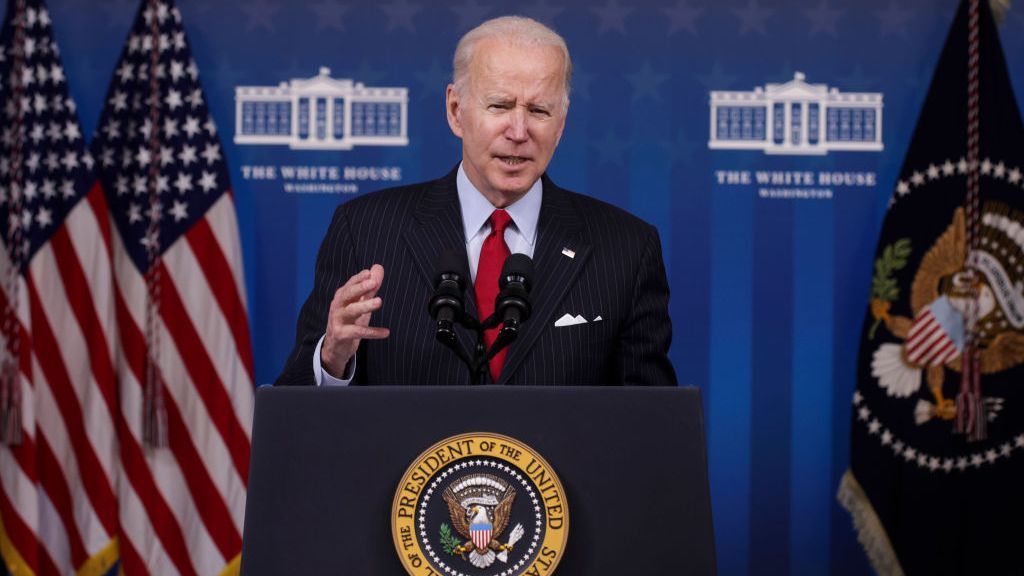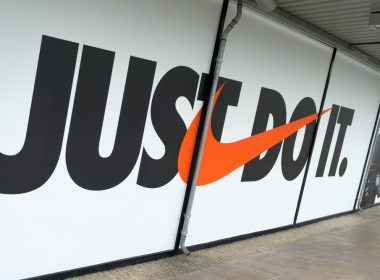
Small and medium-sized business owners are under pressure as inflation soars and a stalled economy continues, according to a new survey.
More than 20 months after the onset of the pandemic, 73 percent of small business owners are saying they haven’t recovered, according to a survey released earlier this month by Alignable, an online network that includes more than 6 million small business members.
“From what I’m hearing from small business owners, it all comes down to cash,” Eric Groves, CEO-co-founder of Alignable, said in an interview with Zenger. ”Especially with the way the tax code is written, it’s hard for small business owners to set up a nest egg to help ride out a disruption.”
Just when businesses thought the pandemic had subsided and revenues would return, the Delta variant caused things to slow down again. At the same time, difficulty meeting labor needs has raised payroll costs. On top of that, inflation has taken another bite out of business owners’ revenue, which has “crushed margins further,” Groves said.

What’s worrying these business owners most? Far and away, their top concern is inflation, as the survey showed almost 35 percent citing rising cost of supplies. Other worries include enticing customers to return, government-mandated business re-closings and increasing revenue. Only one in ten small- and medium-sized business owners said they had no concerns.
On Nov. 10, the federal Bureau of Labor Statistics reported the highest growth of a key inflation measurement in 31 years. The Consumer Price Index showed another increase in October, rising 0.9 percent to push prices 6.2 percent higher than the October 2020 data. It was the highest rate of rise for inflation since November 1990, when the United States was bracing for the Gulf War in Iraq.
One item in Alignable’s survey showed that business owners are reporting that the costs of supplies and inventory continue to increase compared with prices before the Covid-19 lockdowns. Now 89 percent report encountering higher prices, with 34 percent putting those cost increases at 25 percent or more.
Alignable’s survey showed that 67 percent of businesses were reopened, as compared with 70 percent reporting last month. Moreover, more small business owners are now saying that they haven’t fully recovered, ticking up 8 percent since July. The small and medium-sized businesses suffering the worst are beauty salons, with 93 percent reporting that they’re not recovered, followed by event planning, nonprofits, massage therapists, transportation and restaurants.

Meanwhile, other groups are reporting similar supply chain issues. In October, an industry study showed that order volumes across global supply chains are down by as much as 24 percent. The data, compiled by global digital trade platform Tradeshift in its Index of Global Trade Health, showed that order volume was slowing even faster in the U.S., falling 40 percent in the third quarter.
“The delta we see between ordering activity and invoicing is indicative of massive fulfillment issues across global supply chains,” said Christian Lanng, co-founder and CEO of Tradeshift. “Buyers are starting to question the wisdom of putting fresh orders into a system that is buckling under an enormous backlog. The longer this situation continues, the more likely we’ll see a more prolonged reversal heading into 2022.”
In a September interview with Zenger, Lanng said the supply chain was something both governments and industry would have to tackle. He said recent history has shown how the supply chain can be affected by outside events, noting that in addition to Covid-19, supply chains are routinely disrupted by weather, disaster and trade disputes, as well as political events like Brexit.
He cited one example to show how supply chain snags can have a big impact. Between February and July 2020, the U.K.’s National Health Service spent 12.5 billion pounds ($16.7 billion) on PPE that would have cost just 2.5 billion pounds ($3.3 billion) in 2019, before the virus raged and lockdowns put a premium on supplies and workforce availability, according to the U.K.’s National Audit Office.
“It wiped out 20 years of savings from the supply chain,” he said.

For consumers, recent economic news has been like ping-pong, as negative economic reports of higher inflation and supply chain disruptions are countered with some positive news on jobs reports.
Days before the most recent inflation report, President Joseph R. Biden Jr. held a press conference celebrating the Nov. 5 report from the Bureau of Labor Statistics, which showed both higher-than-forecasted job growth and a lower unemployment rate. Biden, while acknowledging the pressure of inflation, said job growth is 10 times higher than in the months before taking office.
“In total, the job creation in the first full nine months of my administration is about 5.6 million new jobs — a record for any new President,” Biden said. “We still have to tackle the costs that American families are facing. But this recovery is faster, stronger, and fairer, and wider than almost anyone could have predicted. That’s what the numbers say.”
Edited by Bryan Wilkes and Kristen Butler
The post Small Businesses Squeezed As Inflation Soars, Supply Chains Clog appeared first on Zenger News.










